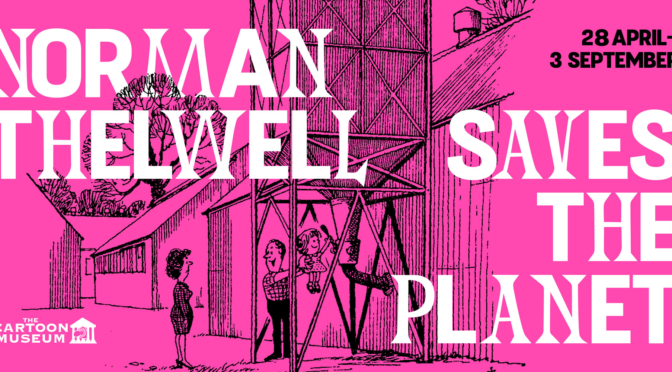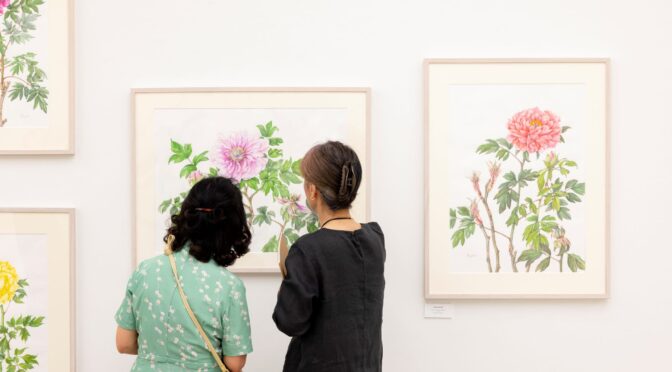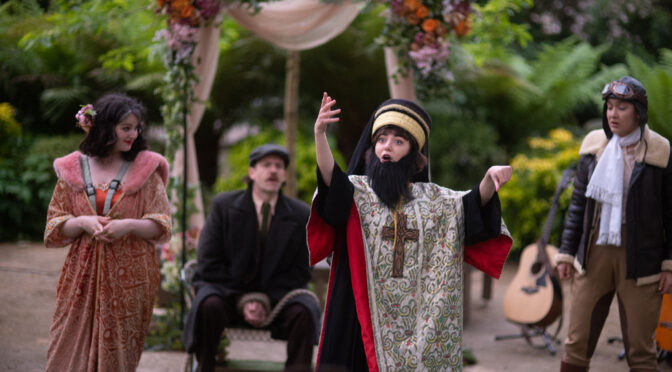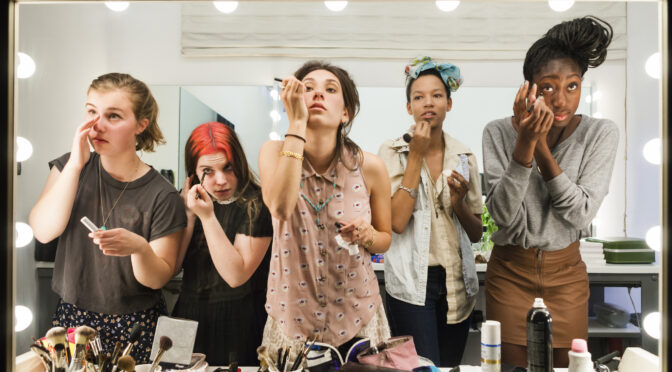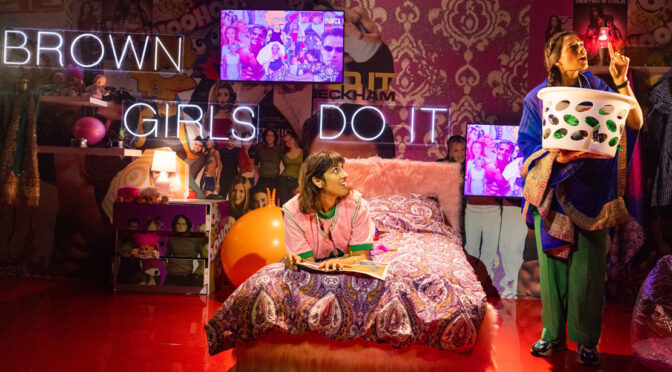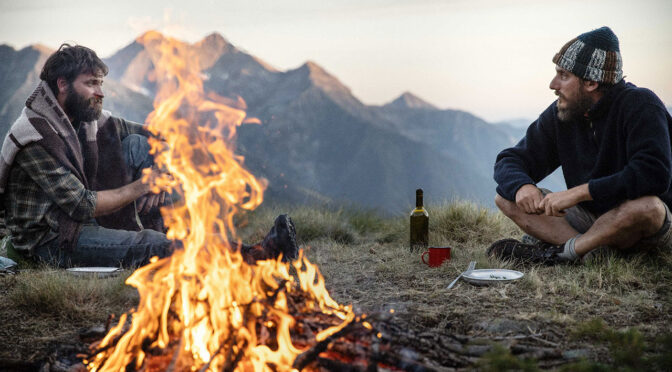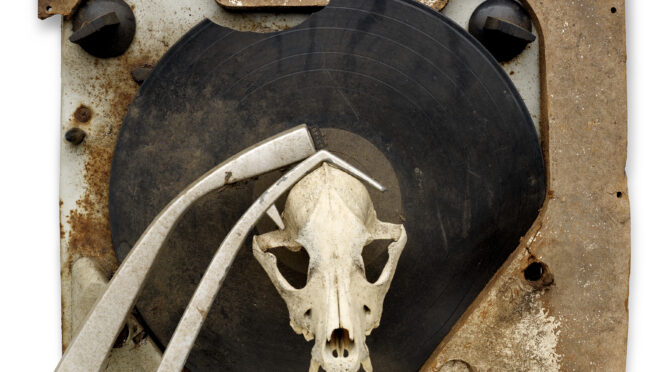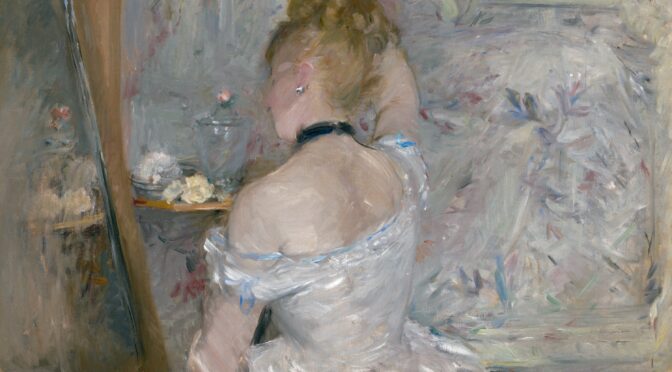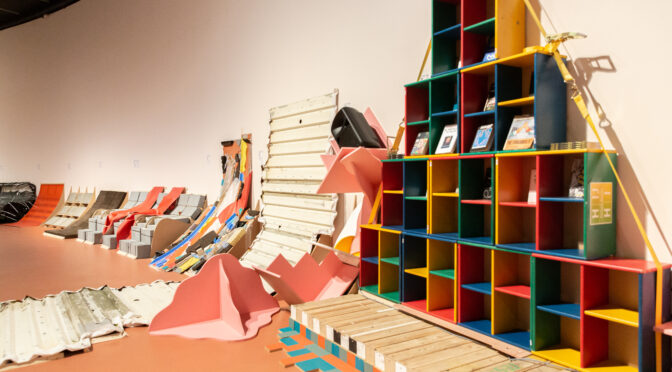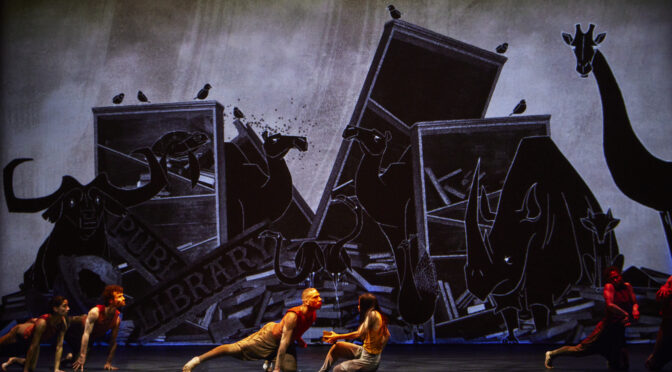In Fredrich Nietzsche’s eye, photography gives us more eyes on the matter at hand, on a world lost in spectacle. The vast expansion of the utilisation of photography to attempt to transverse the new world order. All the long haul travelled terrain, the dystopic rearranging, the stolen rhetoric, and the finally found hope. Civilization The Way We Live Now is an epic of an exhibition, a forever list of world-renowned photographers invited and collated together for this awe-display. In this crucible of irrationality, these 150 photographers are documenters, we see through their eyes what human civilisation and its global societies spanning continents endeavour to achieve and fail. Challenging the notion that there is nothing new under the sun, the photographers trail through massive overconsumption, catastrophe, and modern warfare, to resolute human ingenuity.
The exhibition is broken down across 2 floors and into the following chapters. HIVE: where we live. ALONE TOGETHER: how we relate to one another. FLOW: how we move our bodies and goods. PERSUASION: the power of influence. ESCAPE: how we relax. CONTROL: maintaining order and discipline. RUPTURE: breakdown and disorder. NEXT: new worlds on the horizon.
Hive gives huge monoculture energy. It is all urban pageantry with Roger Eberhard’s photos which are Airbnb-aesthetic personified. Cities losing their contextual identity, this slinky-flatness is inescapable, his photographic series [2015-1016] tours Hilton hotel rooms worldwide, surveying Venice, Tokyo, and Mexico City to name a few, and the views accompanying them. The rooms look so alike, making a uniform for these standardised spaces, everything mirrors as this reproductive dumb enclave form finds no envied other form.
This is the growing epidemic of contemporary default urban architecture. This homogeneity masquerading as diversity is inseparable from a capitalistic consumerist culture and is a marker of a globalised generic city. The Hive is megacities traded in as geological excursions as told in the initial chapter of this exhibition. KDK delivers with his photo SF.M-1[2005] with Stanley Kubrick levels of a hopeless space, a dystopian realism, and the staggering growth protocols gone too far to ever seem redeemed.
Alone Together sees full favour with the collective people as a primary force. These moments come and go, they ebb and flow between us and KIM TAEDONG’S photograph DAY BREAK-034 [2011] takes on the relentless centre. He sees the claustrophobia of waves of humanity, and instead places intention in the in-between moments however unwelcoming and austere they may be. A resting moment captured on a walk, a quiet reflection, for things do happen outside the centre, significant things that make or break us.
Alone Together is about people and the moments they share; the social encounters are colourful slip rendered. This is epitomised in MASSIMO VITALI’s photograph CEAGESP SAO PAULO ANALOG DIGITAL DIPTYCH [2012]. This photo aims to show all life’s textures, from its urban concentrations and party scenes to the mundanities of collective life as niceties are exchanged in the business of life.
Flow knows the body can be pulled. That the body is an instrument to show emotion. FLORIAN BÖHM strikes in parallel to the tracks of human movement. His photo 48TH STREET / 5TH AVENUE [2005] depicts a crowd waiting at a red light, with a model centre-positioned in a vicarious hunt. It is a lost shiny flaunted consumerism, a dead-ended materialism, and the tension of lives lived as ambitions get greater.
EDWARD BURTYNSKY does not deal in softly rendered work but in stark imagery. He takes the lead in the chicken processing plant, as the identically dressed workers in rows vanish into the distance. MANUFACTURING #17, DEDA CHICKEN PROCESSING PLANT, DEHU CITY, JILIN PROVENCE, CHINA [2005], steals attention, the gaze is aggressive and comes from a place of uneasiness as the efficiency of production is contextualised. It is after all about that drum beat – aren’t they what make up the mycelium network?
Persuasion asks what is the human vantage point, – that is where the stimulant is. Trapping the masses in seductive zeal, ANDY FREEBERG’S photograph SEAN KELLY [2010], acutely depicts what lies behind the varnish of these so-called sacred art world interactions. The powerplays, the art product doppelgangers, the plain hard sells, and all the intrusive thoughts that accompany them.
Quite primal, seductive presentations, the symbols of a moment, are representative of DOUGIE WALLACE’S photograph HARRODSBURG [2016]. It is the visual cacophony of a spend-ing itinerary. Its visuality is anonymous, but these products will compliment an ideal of a self-image. The desire to see is linked to the product. In the fetishisation of commodity. As a commodified object, we are dealing with an almost dead thing.
Rupture: a failed philosophy. What is there but disconnect and disarray?Rupture is the disavowal of the infrastructure, as entire landscapes have become e-wastelands, filled with this not-so-latent tech iconography. The work, B12 from XING DANWEN’S DISCONNEXION series [2002- 2003] is a landmine of 2000’s brick and flip phones. The cropped close-up nature of the image makes clear that this leads to a stretch of vastness. An expanse from which hundreds of thousands of workers across the coast of Southern China earn their living dismantling and burning electronics for their core component materials.
Part 2 of Rupture, WORK, WORK, WORK [2012] by WANG QINGSONG, drew central attention in the room and is a truly magnetic image. Everything with a wink, satire finds a home here. Social change is vehemently rapid in China, and Quingsong plays to these very theatrics of our legend-making work goals. The visual vocabulary is deep, as the paper is taped over screens, everyone is collaged together as they wear the same uniform, and the urban plan moulding falls to the ground. It is claustrophobic, a sordid compression technique, – nihilistic. A gormless thing.
Control is an intrusion into the body – ‘what’s inside the body, – coming out? OPEN DOOR III [2014], is part of a series by SOUTH HO SIU NAM, centred on the Occupy Movement in Hong Kong. The open door is a blackout. Towering edifices, the relations between China and Hong Kong stagnate. Where an empty space is full, the odour never refrains from circling the room. EDWARD BURTYNSKY returns with PIVOT IRRIGATION/SUBURB, SOUTH OF YUMA, ARIZONA [2011], which is an aesthetic shot. A photographer’s landmark language is light, but this takes the turn of the visually strange, sublime, but a not sublime, surreal, not-so-surreal image of global and USA treatment of water resources. Burtyntsky is questioning how we handle our responsibility and management of our world’s water and the landscapes it is altering as a result of our decisions.
Escape, you cannot go on, times have changed, – we are in pieces. OLAF OTTO BECKER comes from a place of defacing, of refacing. A clear glaze of white over blue, a dystopic erosion overlaps our current climate. POINT 660, 2, 08/2007 67’’09’04’’ N. 50’01’58’’W’ALITIDE 360M [2008] is an overhead view of tourists in the foreground, and trailing off into the distance taking photographs/being photographed on the Artic-plane. The visual culture of extraction and its resultant exploitation, ecological or self-image making has ultimately changed the geological strata of a once unspoiled vista-view. The climate catastrophe, its image production, reproduction, and its ensuing image dissemination have warped things as instead of climate action, tourists travel on short-stays for self-prosperity and souvenirs to show off back home. This is the end of the history of landscape.
Taking a different escape, sensitivity through interaction finds SIAN DAVEY in her images, this is specialised with LAST SUMMER KISS [2017]. The photo is romantic in an impractical kind of way, the gaze is intricate. A bow down to your friend kind of moment. The opening of the body, a new second skin, a genuine thing, – a last summer kiss.
What’s Next? Cyber-space is not an island of the bless. Computers have fugitive status outside the box. Data, sounds, and images fall off screens and become incarnate objects and experiences, pressing into view. Cryogenic technology, bionics, robotics, and genetic engineering all challenge our current imaginations of the world and the way we choose to live in it. The photographers in this last chapter seek to challenge and test this very real potential weaponisation through their medium of photography. ROBERT ZHAO RENHUI’S photographic series, A GUIDE TO FLORA AND FAUNA OF THE WORLD [2013] shows us a square apple, man-made grapes, a painted Indian Glassy Fish, and more. These genetically modified species are here already and live among us. Renhui compiles the man-made, the partially genetically altered, and the fantastical with the same aesthetic and documenter’s treatment. What relationship with nature do we have now? This digital culture simulacrum is repeatedly consumed, regurgitated, reshaped, and repackaged into space, nature, or otherwise. Once the sublime was natural and native to the land, now it has become technological.
The gaze changed; this is truly a marathon of an exhibition. Civilization The Way We Live Now is on view until 17th September at the Saatchi Gallery.
Review by Devika Pararasasinghe
Devika lives and works in London, by trade an artist and snake oil salesperson. Devika graduated, last September with a research MFA at Ruskin School of Art, University of Oxford.
Devika’s latest review Review: The Ugly Duchess: Beauty And Satire In The Renaissance- The National Gallery, Until 11 June (abundantart.net)
Footnote:
Image: Lauren Greenfield, High school seniors (from left) Lili, 17, Nicole, 18, Lauren, 18, Luna, 18, and Sam, 17, put on their makeup in front of a two-way mirror for Lauren.
Saatchi Gallery, London presents CIVILIZATION: THE WAY WE LIVE NOW (2 June – 17 September 2023)
For tickets and information visit CIVILIZATION – Exhibition – Saatchi Gallery
Exhibiting photographers:
Max Aguilera-Hellweg, Andreia Alves de Oliveira, Evan Baden, Murray Ballard, Olivo Barbieri, Mandy Barker, Lisa Barnard, Olaf Otto Becker, Valérie Belin, Daniel Berehulak, Mathieu Bernard-Reymond, Peter Bialobrzeski, Florian Böhm, Michele Borzoni, Priscilla Briggs, Paul Bulteel, Edward Burtynsky, Antony Cairns, Alejandro Cartagena, Philippe Chancel, Edmund Clark, Che Onejoon, Olivier Christinat, Lynne Cohen, Lois Conner, Raphaël Dallaporta, Siân Davey, Susan Derges, Gerco de Ruijter, Richard de Tscharner, Sergey Dolzhenko, Natan Dvir, Roger Eberhard, Mitch Epstein, Andrew Esiebo, Adam Ferguson, Vincent Fournier, Jermaine Francis, Andy Freeberg, Matthieu Gafsou, Andreas Gefeller, George Georgiou, Christoph Gielen, Ashley Gilbertson, Katy Grannan, Samuel Gratacap, Lauren Greenfield, Han Sungpil, Nick Hannes, Sean Hemmerle, Mishka Henner, South Ho Siu Nam, Candida Höfer, Dan Holdsworth, Hong Hao, Aimée Hoving, Pieter Hugo, Tiina Itkonen, Leila Jeffreys, Jo Choonman, Chris Jordan, Nadav Kander, KDK, Mike Kelley, Kim Taedong, Alfred Ko, Irene Kung, Benny Lam, Sonia Lenzi, Gjorgji Lichovski, Michael Light, Mauricio Lima, Sheng-Wen Lo, Pablo López Luz, Christian Lünig, Alex MacLean, David Maisel, Ann Mandelbaum, Edgar Martins, Jeffrey Milstein, Mintio, Richard Misrach, Andrew Moore, David Moore, Richard Mosse, Michael Najjar, Walter Niedermayr, Noh Suntag, Simon Norfolk, Trent Parke, Cara Phillips, Robert Polidori, Sergey Ponomarev, Cyril Porchet, Mark Power, Giles Price, Yan Wang Preston, Reiner Riedler, Simon Roberts, Andrew Rowat, Victoria Sambunaris, Sato Shintaro, Dona Schwartz, Paul Shambroom, Chen Shaoxiong, Nigel Shafran, Toshio Shibata, Corinne Silva, Niki Simpson, Alec Soth, Jem Southam, Henrik Spohler, Will Steacy, Thomas Struth, Larry Sultan, Shigeru Takato, Eric Thayer, Danila Tkachenko, Eason Tsang Ka Wai, Andreas Tschersich, Amalia Ulman, Brian Ulrich, Penelope Umbrico, Johanna Urschel, Carlo Valsecchi, Cássio Vasconcellos, Reginald Van de Velde, Massimo Vitali, Robert Walker, Dougie Wallace, Richard Wallbank, Wang Qingsong, Patrick Weidmann, Thomas Weinberger, Damon Winter, Michael Wolf, Paolo Woods and Gabriele Galimberti, Raimond Wouda, Xing Danwen, Ahmad Zamroni, Luca Zanier, Zhang Xiao, Robert Zhao Renhui, Francesco Zizola.

